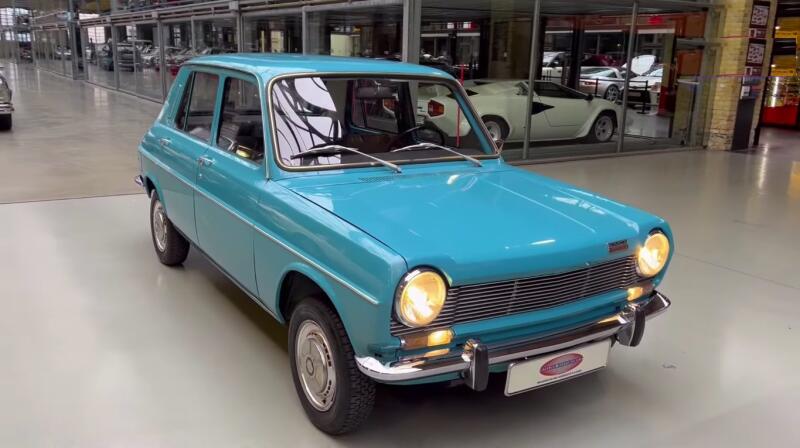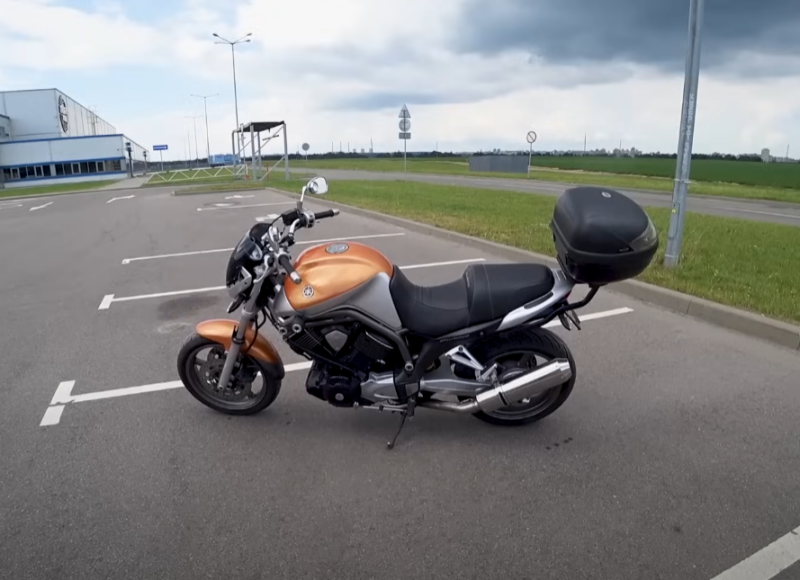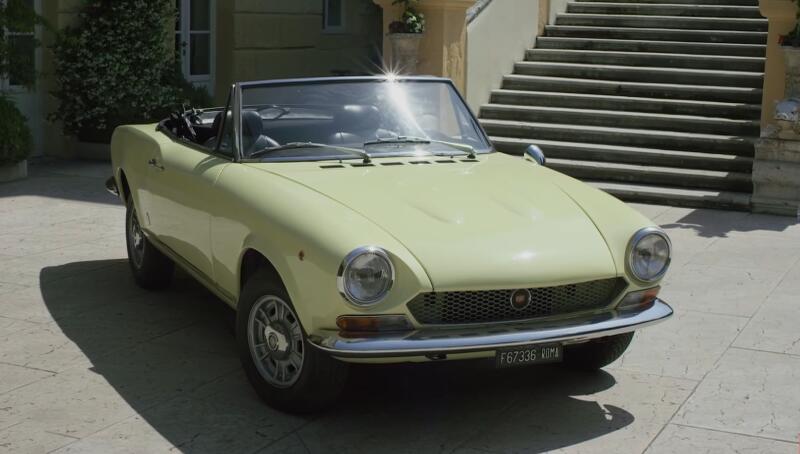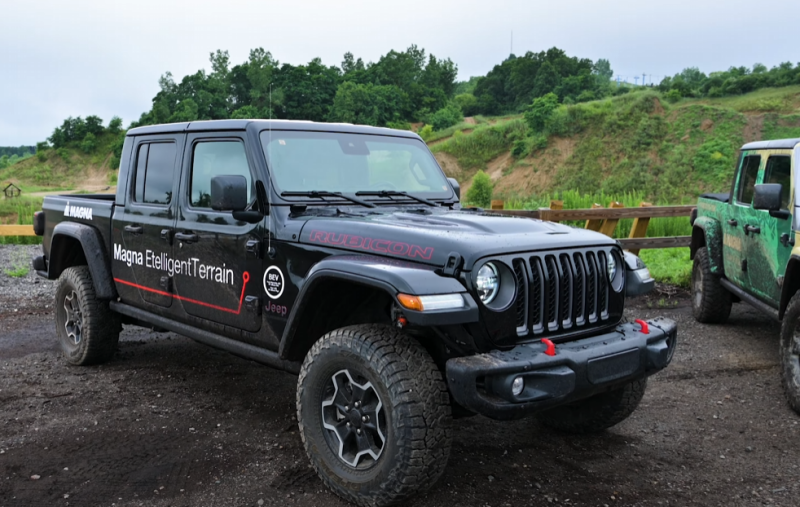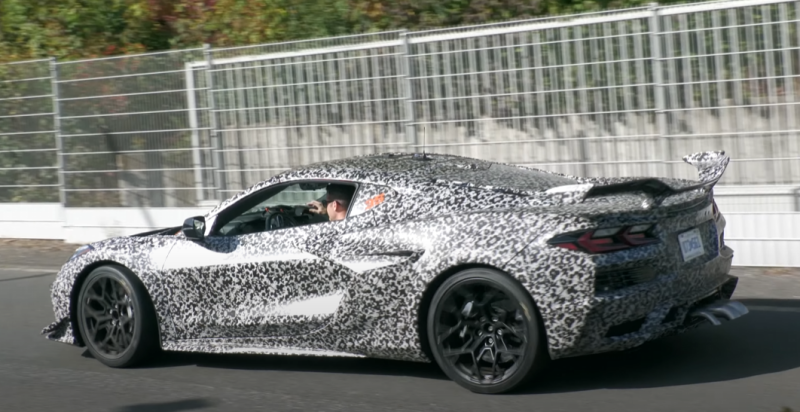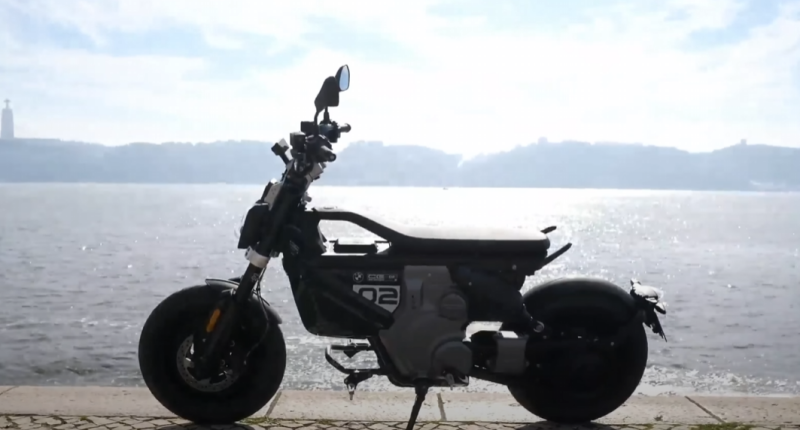Development of the front-engine (and drive) Simca 1100 began in the spring of 1962 as Project 928. It was completed five years later by an engineering team led by Philipp Grundler and Charles Scales. Simca 1000 and 1300 cars served as the base.
 The first French hatchback Simca 1100 ES. Photo: youtube.com
The first French hatchback Simca 1100 ES. Photo: youtube.comDuring the search, different types of power unit mounts were tested, and in 1963 the concept of a front-transverse engine was approved. It received a gearbox on one side and different drive shafts. Around the same time, Chrysler began the process of acquiring a majority stake in Simca.
The emergence of Simca 1100
In 1970, Simca became a division of Chrysler Europe, and for three years before that, the Simca 1100 already had the Chrysler pentagram logo. This confirmed its status as the first car developed under American leadership. Over the course of fifteen years, more than two million pairs of variations of hatchbacks, station wagons and vans of this model have been assembled in Poissy. Front-mounted inline four-cylinder engines drove the front wheels.
The Simca 1100 was one of the first hatchback-type cars, with a hinged rear door and a streamlined rear end. It was first shown to journalists on the island of Sardinia. Later - at the autumn 1967 Paris Motor Show.
The new Simca car had several advanced concepts at once. This is what allowed him to acquire many variations and a very impressive number of collected units. Here are some of the advantages of the new product:
✅ all front wheel drive
✅ rack and pinion steering
✅ modern design
✅ folding rear seats
✅ front disc brakes
To what has already been listed, it is worth adding an independent front suspension on double wishbones and longitudinal torsion bars. The manufacturer installed the exact opposite design on the rear wheels.
 Simca 1100: it's also not bad from the side. Photo: youtube.com
Simca 1100: it's also not bad from the side. Photo: youtube.comThe line of bodies included hatchbacks (3 or 5 doors), Break station wagons in the same design, as well as a number of utilitarian versions. The cars were produced in three trim levels: LS, GL and GLS. More luxurious models had thin aluminum slats on the sides and rear. Simca 1100 had the following parameters:
✅ wheelbase - 2520 mm
✅ length - 3944 mm
✅ width - 1588 mm
✅ height - 1458 mm
The rectangular instrument panel received round elements in front of the three-spoke steering wheel (from 1969), taken from the Simca 1301/1501 model. Rich equipment included a lockable box in front of the passenger seat, an electric clock, warning lights and two-stage wipers. For an additional fee, a radio was placed to the left of the steering wheel.
Power units for cars
The base version was equipped with a four-stroke inline four-cylinder Poissy engine with liquid cooling. They had an overhead valve arrangement and the following indicators:
✅ working volume - 1118 cubic meters. cm
✅ maximum power – 54 liters. s (40 kW)
✅ cylinder diameter/piston stroke – 74/65 mm
With a Solex 32 BISA insert carburetor (water heated and compression ratio 8,2:1), the engine had a maximum torque of 80 Nm. It was transmitted to the front wheels through a four-speed manual transmission. For an additional fee, it was possible to purchase an automatic or three-speed semi-automatic with an electric clutch.
 The interior of the Simca 1100 Break is well finished. Photo: youtube.com
The interior of the Simca 1100 Break is well finished. Photo: youtube.comThe engine was installed tilted back 40 degrees under the hood so that the latter could be lowered a little lower. The car with a curb weight of 910 kg could reach speeds of up to 146 km/h.
More powerful modifications
In the summer of 1970, production of the Simca 1100 Special began, with a 62-horsepower engine with a displacement of 1204 cc. cm. It was taken from the 1200 S coupe. In the USA it was sold without much success between 1969 and 1972 under the name Simca 1204.
In 1973, at the peak of its popularity, a sports version of the Simca 1100 TI appeared with a four-cylinder engine of increased volume (1294 cc). It had a power of 82 hp. s and was equipped with a Weber carburetor (double downdraft). The car received the following characteristics:
✅ first hot hatch
✅ maximum speed - 163 km / h
✅ acceleration to 100 km/h in 13,5 s
Simca 1100 TI appeared on the market almost simultaneously with a small facelift that affected all models in the series. It consisted of several elements that distinguished later cars from earlier ones:
✅ enlarged ventilation grilles in the rear pillars
✅ recessed door handles
✅ larger rear lights
✅ rectangular auxiliary lights in the radiator grille
In addition, the sports car had fog lights under the front bumper and a small black spoiler above the rear window. The picture was complemented by alloy wheels. The status of the car was also emphasized by the matte black radiator grille and the use of special red paint.
The fuel crisis of the early 70s dictated the need for more fuel-efficient cars. Therefore, by the middle of the decade, the company introduced the modest Simca 1100 LE, equipped with a small four-cylinder engine (displacement 944 cc, power 53 hp). It was also used in the 1000 Coupe, produced from 1962.
 The station wagon has a large luggage compartment. Photo: youtube.com
The station wagon has a large luggage compartment. Photo: youtube.comThe hatchback derivative became the basis for three commercial vehicles: a regular van, a High Top and a pickup truck. In France and other European markets, utilitarian versions were sold under the name Simca 1100 Fourgonnette. For the British, the second option was offered as Simca VF2, and the regular one as VF1. The truck with an even higher top received the VF3 index.
The pickup dates back to December 1975. Its utility variations were produced for about ten years, outliving the base cars of the series by three years. In the USA, vans have been sold since 1976 under the Dodge brand. After three years they received the name Talbot. In Sweden, cars with a 1,3-liter engine were called Simca Fixaren.
End of production and successor
At the 1980 Paris Motor Show, the Heuliez body shop exhibited a two-seater sketch of the Talbot 1100 VF2 Wind. The blue and white pickup truck had protective frames over the cargo compartment and in front of the radiator grille. Additional headlights (spotlights) were installed on the roof. Simca 1100 chassis components were also used by Matra in the construction of the Matra Rancho type, which was produced between 1977 and 1984 and had an off-road appearance.
 Simca 1100 car engine. Photo: youtube.com
Simca 1100 car engine. Photo: youtube.comIn total, from 1967 to 1981, more than 2 million (according to other sources - about 2,2 million) different modifications of the Simca 1100 rolled off the assembly line in Poissy, France. The most successful year was 1973, when almost 300 cars saw the light of day. In Spain, production of the model continued in 000. There they were sold under the name Simca 1982, and the sports version had an 1200-horsepower 85 cc engine. cm.
The successor to the popular model was the Chrysler Simca Horizon hatchback (the title of the European car of 1979), produced from 1978 to 1986. This new product was a huge success in the USA, where it was sold under the names Dodge Omni and Plymouth Horizon.
